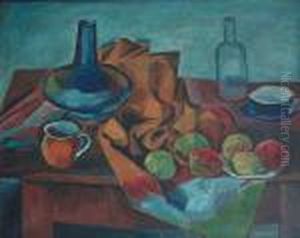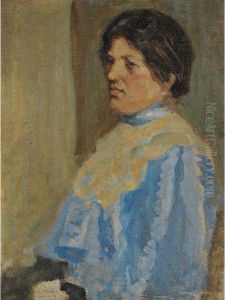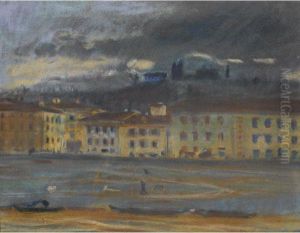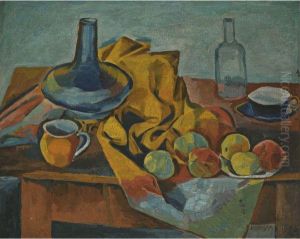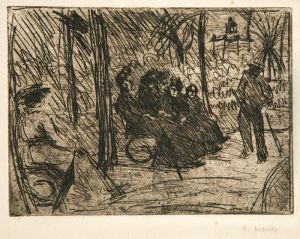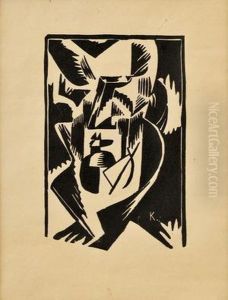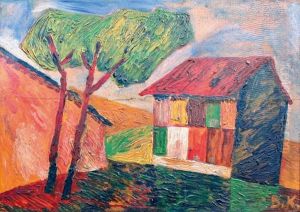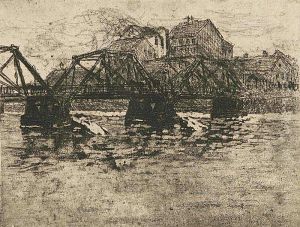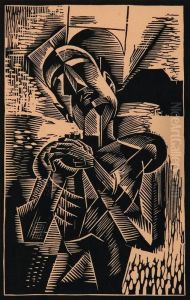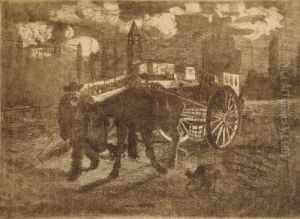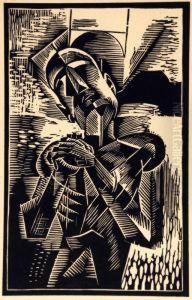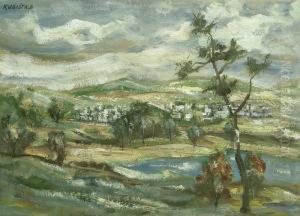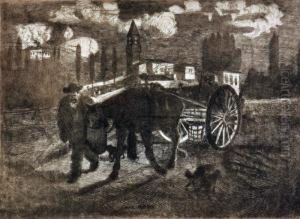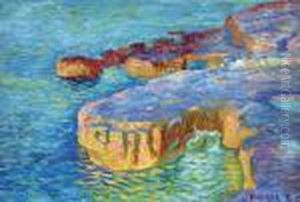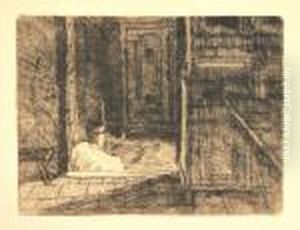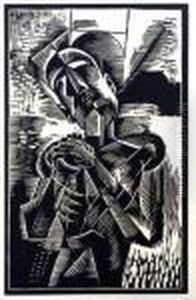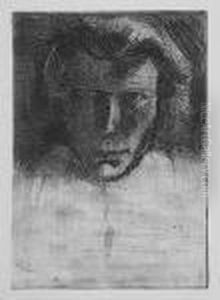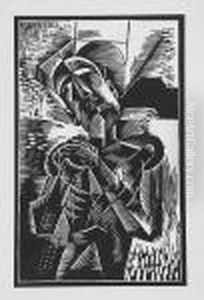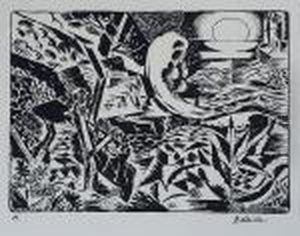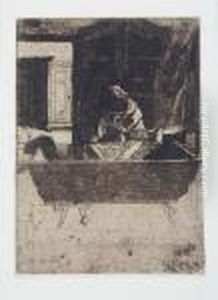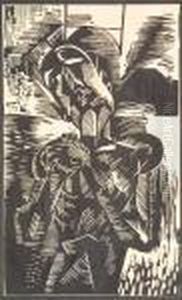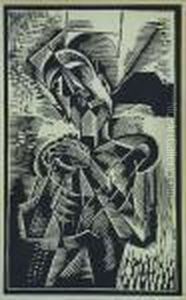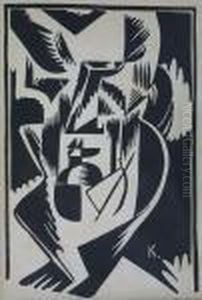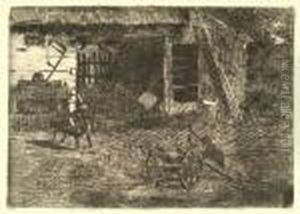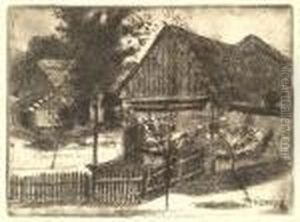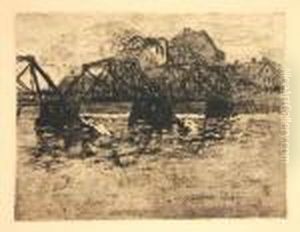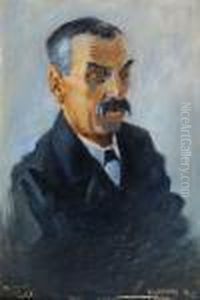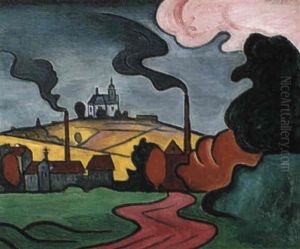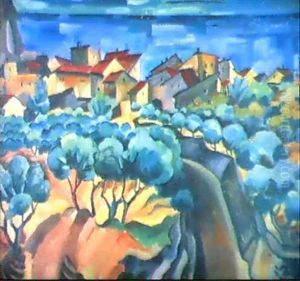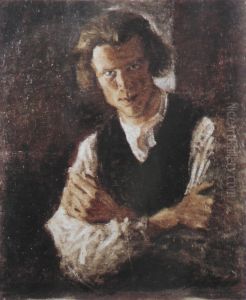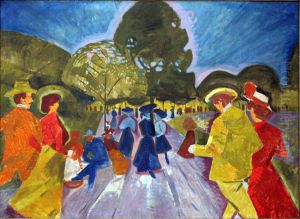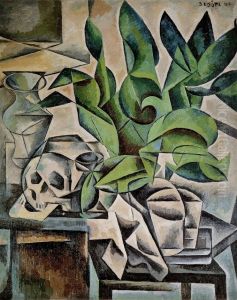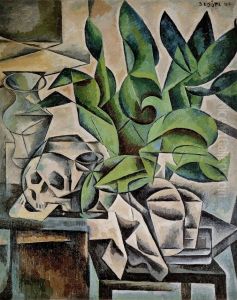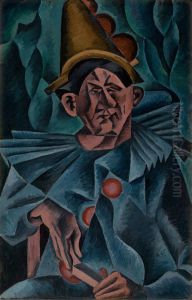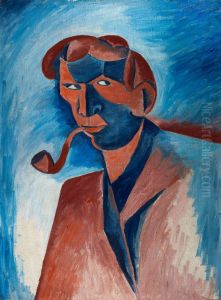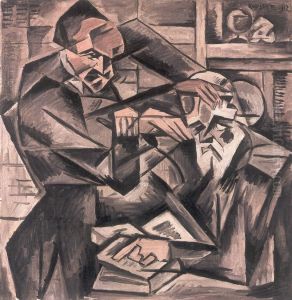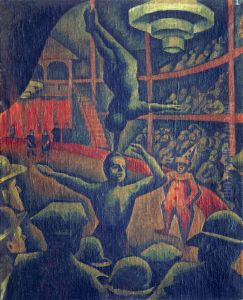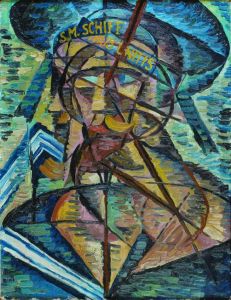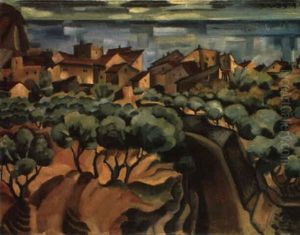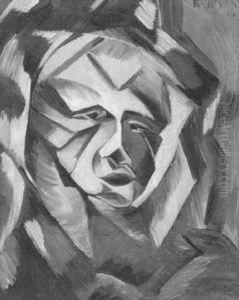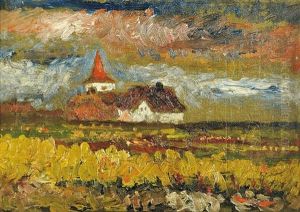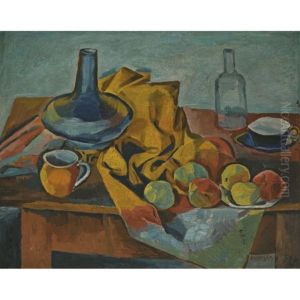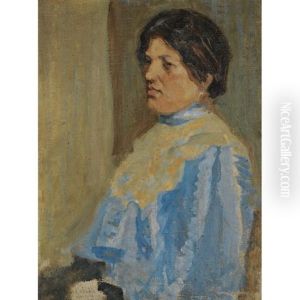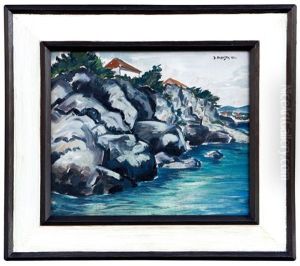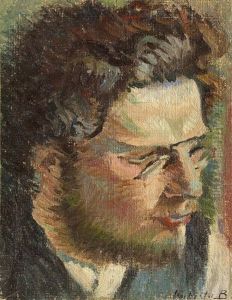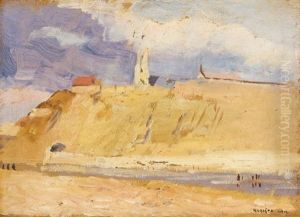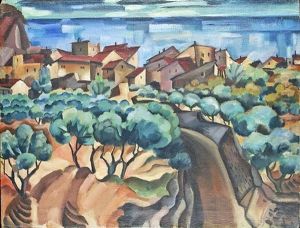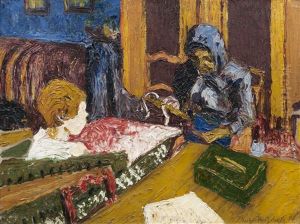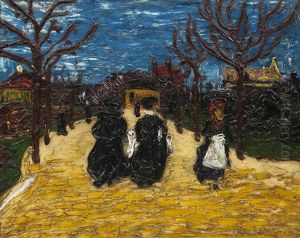Bohumil Kubista Paintings
Bohumil Kubišta was a Czech painter and art theorist who was one of the founders of the Czech modern art movement. Born on August 21, 1884, in Vlachovo Březí, Austria-Hungary (now Czech Republic), Kubišta's early work was influenced by Symbolism and Art Nouveau. He studied at the Academy of Fine Arts in Prague and later in Vienna and Italy, where he was exposed to the contemporary art movements of Europe.
Kubišta’s style evolved rapidly through his short life. Around 1909, he began to be influenced by Expressionism and Fauvism, and his work took on more vibrant colors and dynamic brushwork. He became a key figure in the development of Czech modern art, particularly through his involvement with the Group of Fine Artists (Skupina výtvarných umělců), which he co-founded in 1911. This group was instrumental in bringing international modernist trends to Czech art.
He was also influenced by Cubism, and by 1913, Kubišta had developed his unique form of analytical Cubism. His work often depicted traditional subjects like still lifes, landscapes, and figures, but he reinterpreted them with a distinct geometrical structure, fracturing the forms to create a sense of dynamism and depth. His palette during this period was more restrained, often focusing on earthy tones.
During World War I, Kubišta served in the Austro-Hungarian army. The war had a profound impact on his art, bringing a somber tone to his later works. Tragically, his career was cut short by the influenza pandemic; he died on November 27, 1918, in Prague at the age of 34. Despite his brief career, Kubišta left a lasting legacy in Czech art, influencing future generations of artists with his innovative approach to form and color. His works are now held in many important collections and continue to be celebrated for their contribution to early 20th-century modernism.
